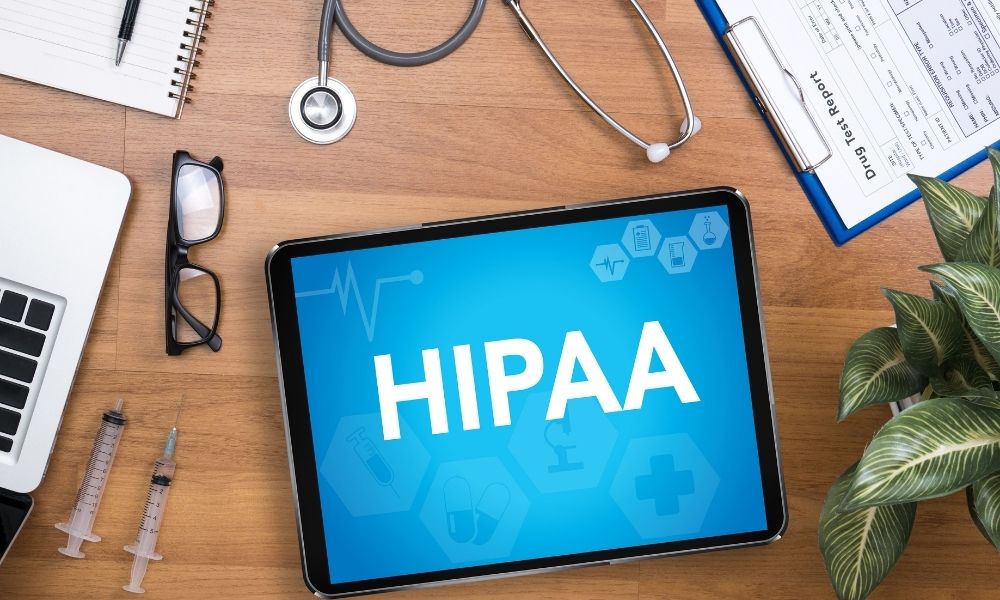
Protecting people’s privacy prevents harmful, illegal, and unhealthy practices. A person’s personal information plays a key role in numerous scenarios, from one’s legal identity to who has access to their medical records. The Health Insurance Portability and Accountability Act (HIPAA) helps protect patients’ sensitive information through various protocols like the Privacy Rule. Addressing the use and disclosure standards of one’s health information, HIPAA’s Privacy Rule generates a balance between using an individual’s health information for important uses and protecting the privacy of those seeking care.
Understanding the main purpose behind the HIPAA Privacy Rule will enhance your knowledge about the rule, why healthcare providers must be compliant, and patients’ privacy rights.
Patient Autonomy
HIPAA’s Privacy Rule gives patients autonomy over their records. It allows them to choose and consent to who can access their protected health information (PHI). Giving patients control of their PHI ensures minimal information abuse and full transparency between healthcare providers and patients. Plus, it strengthens relationships between healthcare workers and clients by creating opportunities for communication and joint effort to secure the information. Patient autonomy further releases providers from full responsibility for PHI, sharing authority with their patients while still being held accountable for their part in securing the data.
Setting Boundaries
A major purpose of the Privacy Rule is to define and limit the circumstances in which an individual’s PHI may be used or disclosed. It sets boundaries for those in control of PHI (called covered entities) by listing “permitted uses and disclosures” i.e. those allowed without an individual’s express authorization. Examples include disclosure to the individual and those required for treatment, payment, and healthcare operations. Covered entities noted in the Privacy Rule include health plans, healthcare providers, and healthcare clearinghouses. The rule also creates boundaries between individual patients and their family members. As long as the patient is alive, they can choose to withhold their PHI from family members who typically, in the past, had access to other members’ records.
Accurate Information
Accurate health information ensures patients receive the appropriate service and care for their needs. The Privacy Rule allows individuals to obtain copies of their records and request changes if their information features inaccuracies. However, the rule also entitles healthcare providers to veto requests if they have proof otherwise, allowing only accurate changes to records. The patient’s ability to look over their record for false or missing information paired with a professional’s authoritative word over patient information changes improves record accuracy.
The main purpose behind the HIPAA Privacy Rule is to establish patients’ rights to all participating parties. It implements and sets ethical standards, allowing individuals to assert their medical rights when needed. You can learn more about HIPAA and its components in a HIPAA online training course designed for healthcare providers. Educating your practice about patients’ rights and entitlements allows you to exercise ethical and beneficial conventions.

